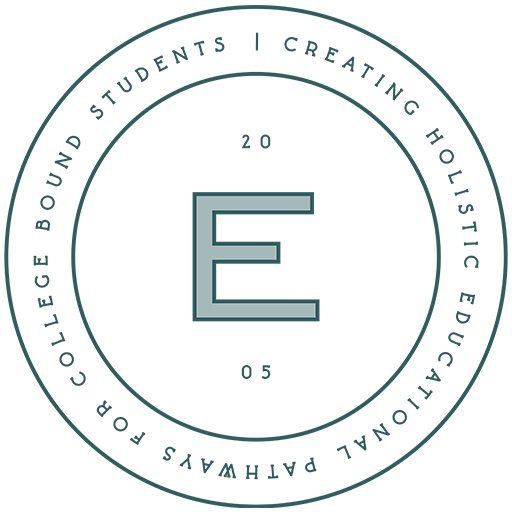Are Cell Phones Stealing Our Attention?
In my 2015 book, The Entitlement Antidote, I explored the idea that parents must model the outcomes they want to see in their kids—whether that’s resilience, responsibility, or, in this case, a healthier relationship with technology. The need for mindful cell phone use has only grown in the past decade, as digital distractions continue to reshape the way we interact, learn, and even think.
Catherine Price, author of How to Break Up With Your Phone, started thinking about digital dependence when she caught herself staring at her phone instead of her baby daughter. That moment sparked an investigation into why our devices are so addictive and led to her developing a 30-day plan to help people regain control over their screen habits. In the updated edition of her book, Price reinforces that the issue isn’t just phone-based childhood—it’s phone-based life, affecting adults just as much as kids.
How to Build a Healthier Relationship With Your Cell Phone
If you’re looking to take back control of your cell phone habits, Price offers a few essential strategies:
- Define Your “Why” – Before making changes, ask yourself why you want to reduce screen time. Is it for better focus? Improved relationships? Less stress?
- Reconnect With Real Life – Find joy and connection offline through hobbies, nature, or face-to-face conversations.
- Make Your Phone Boring – Remove addictive apps, turn off notifications, and set your screen to grayscale to minimize distractions.
- Create Phone-Free Spaces – Establish screen-free zones (like mealtimes, the bedroom, or family outings) to be fully present.
Leading by Example: The Key to Healthier Tech Use
More Resources on Cell Phone Use & Digital Well-Being
-
Opal App – GREAT for limited phone use during certain times of the day
-
Check out this TED Talk by 7-year-old Molly Wright, who is encouraging parents to put down their devices and engage with their children through PLAY!




